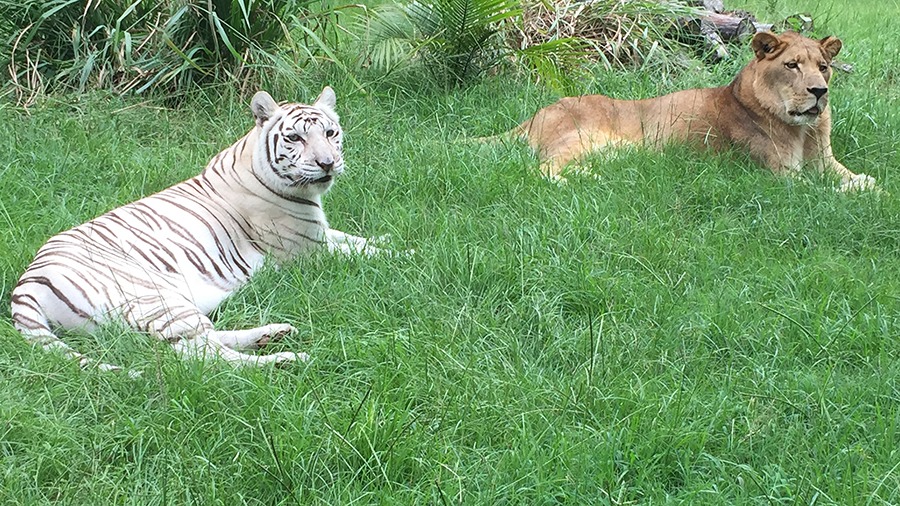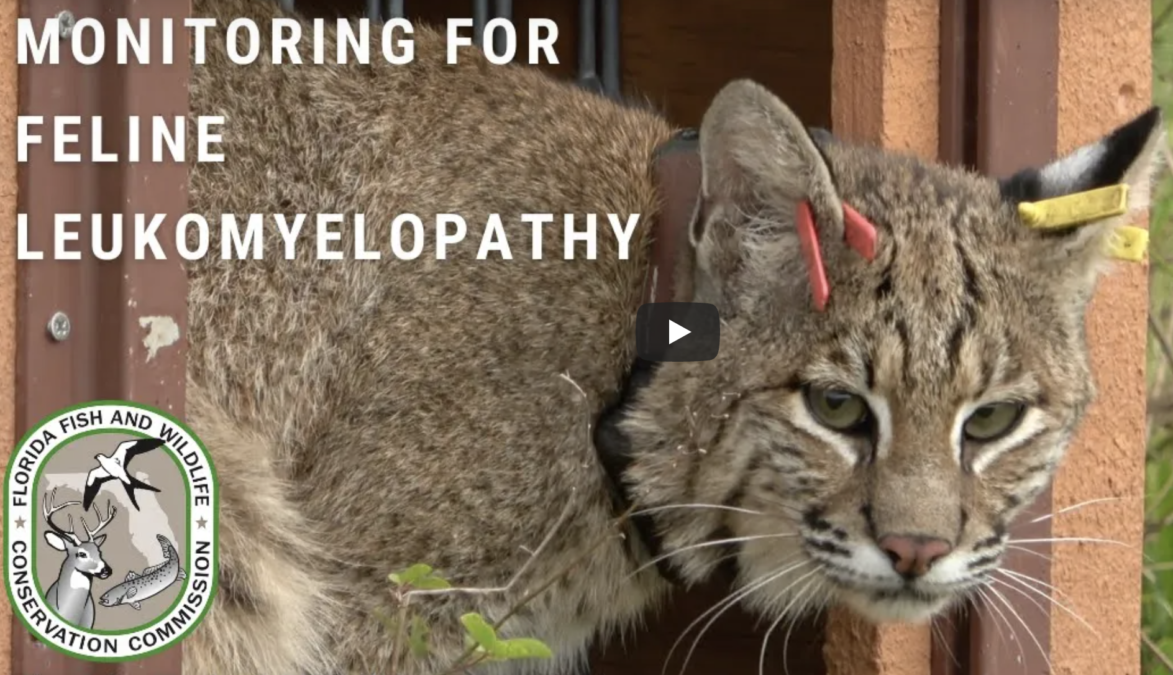Anatolian Leopards
Anatolian Leopard Is Alive
Read Big Cat Rescue’s Daily Updates on Wildcats in the Wild at Field Projects
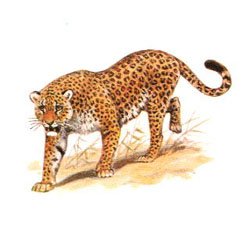
2006 Update from the Field:
THE WASHINGTON TIMES
By Nicholas Birch
Published August 25, 2006
ISTANBUL — When Ahmet Caliskan shot a 143-pound leopard that had attacked his neighbor in the western Turkish village of Bagozu in January 1974, many assumed it was the last of its kind.
Conservation biologist Emre Can thinks that’s not true. But he knows time is short if Turkey’s biggest cat — listed on the World Conservation Union’s “Red List” as critically endangered — is to be documented in the wild.
A specialist on big carnivores, Mr. Can began hearing rumors of Anatolian leopards — slightly bulkier than their African cousins — while working on a countrywide study of the wolf population in 1998.
Since then, he says, the leopard has been driven close to extinction.
“Two wild boar kills I investigated in the Taurus Mountains in 2001 were almost certainly the work of a leopard,” he said. “After that, nothing.”
But that wasn’t the end of sightings. In 2003, one of Mr. Can’s colleagues photographed the pelt of a leopard a hunter had shot near Lake Van, in Turkey’s mountainous southeast. Mr. Can has since received a handful of what he calls “reliable” reports.
The evidence has been enough for Turkey’s foremost nature conservation groups, Doga Dernegi (DD). When it began its campaign in June to halt extinctions in Turkey, one of the world’s most biodiverse temperate countries, a leopard survey was second on its list of 10 priorities.
Budgeted at $56,500, the one-year project is still awaiting funding. DD director Guven Eken hopes Mr. Can will be able to do the feasibility study this fall and start the real work of detailed surveying and placing camera traps in the spring.
“It’s very wild down there, and the area we’ve investigated so far is a negligible part of the animal’s possible range,” he said. “I’m confident we will find something, even if it’s only one pair or two.” Proving the existence of the leopards, he said, “would be a milestone in the history of Turkish wildlife conservation. The animal would be a perfect flagship species for the country.”
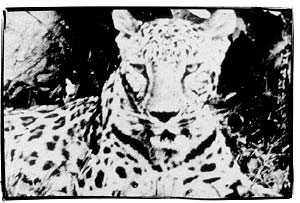
Even more than Anatolian lions and tigers, which were wiped out in the 19th century and the 1970s, respectively, leopards have cast a long shadow over Anatolian history.
At Catalhoyuk, a 9000-year-old town in central Anatolia that is considered one of the most sophisticated Neolithic sites uncovered, leopards are by far the most popular subject of murals and sculptures.
Half-buried stone traps near the summits of Turkey’s southern Taurus Mountains attest to the leopard’s popularity in the Roman arena.
Resat Yilmaz, meanwhile, has more personal reasons for hoping that a big cat makes an appearance in southeast Turkey. A former mayor of Bagozu, and a friend of Mr. Caliskan, who died in the 1990s, he was one of the men who beat the leopard up toward the hunter’s waiting gun in 1974.
“It took him eight bullets to bring the beast down, the last one at point-blank range,” Mr. Yilmaz remembers, standing in the scrubby oak forest where the animal was brought down.
“When I reached him, he was stroking the dead beast’s head, petrified. Neither of us knew what it was. He regretted shooting it for the rest of his life.”
https://www.washingtontimes.com/functions/print.php?StoryID=20060824-101025-7322r
—
Posted by Patricia Massard to Field Reports at 8/26/2006 07:51:00 PM
2002: Anatolian Leopard that was thought to be extinct was photographed in Eastern Black Sea Region’s Kackar Mountains.
 Marmara Forest Services Regional Assistant Manager Erkan Kayaoz informed that, a photographer named Cemal Gulas, brought them a picture of a paw print for investigation.
Marmara Forest Services Regional Assistant Manager Erkan Kayaoz informed that, a photographer named Cemal Gulas, brought them a picture of a paw print for investigation.
Kayaoz said that the 15 cm wide and 10 cm deep paw print that was found around 2000 meters altitude Mesedagi region of Kackar mountains was investigated. He also added;
Based on the paw print and other information we have, we determined that the subject animal is an Anatolian Leopard. Accordingly, together with photographer and researcher Hagop Savul we started our expedition in the 2000 meters altitude region. Even though we spotted a leopard it’s agility didn’t allow us to take a picture, however the next morning we were successful in photographing a leopard from a distance.
Kayaoz indicated that an Anatolian Leopard sighting in Kackar Region was not coincidental and that numerous researchers have noted the region on habitat maps.
Kayaoz said that he is honored to positively prove positively that the Anatolian Leopard that was thought to be completely extinct still lives in Kackar Mountains.
The flash presentation of leopard above left are not Anatolian.
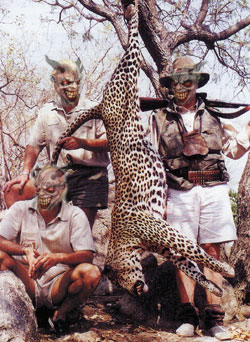 Next Step Inventory
Next Step Inventory
In depth studies have previously indicated that the original habitat of Anatolian Leopard, (Aegean Region of Anatolia including Mugla and extending all the way to Taurus Mountains) had a disheartening population of 0. Kayaoz added that the next step of their study is going to be taking an accurate inventory of surviving species. He also added that the successful research was a sponsored expedition, however they would make the photograph available only for scientific researchers and institutions upon request.
Field Update from M. Samli on 2/26/02 samlimustafa@qwest.net
The hunter was called Mantolu Hasan who killed more than 15 Anatolian Leopards. Mostly by poison from 50’s to 70’s.
He was an addict…
Some of the leopards that he killed were over 100 kgs. The near extincition of the Anatolian Leopard is due almost entirely to trophy hunting.
This cat was in a Turkish Zoo in the 70’s according to a Turkish volunteer,
who graciously provided us with both of these black and white photos and the colour illustration.



